Ibrahim Mahama tells us why he has covered the Barbican in pink fabric
Ibrahim Mahama's 'Purple Hibiscus' has transformed the Barbican’s Lakeside Terrace
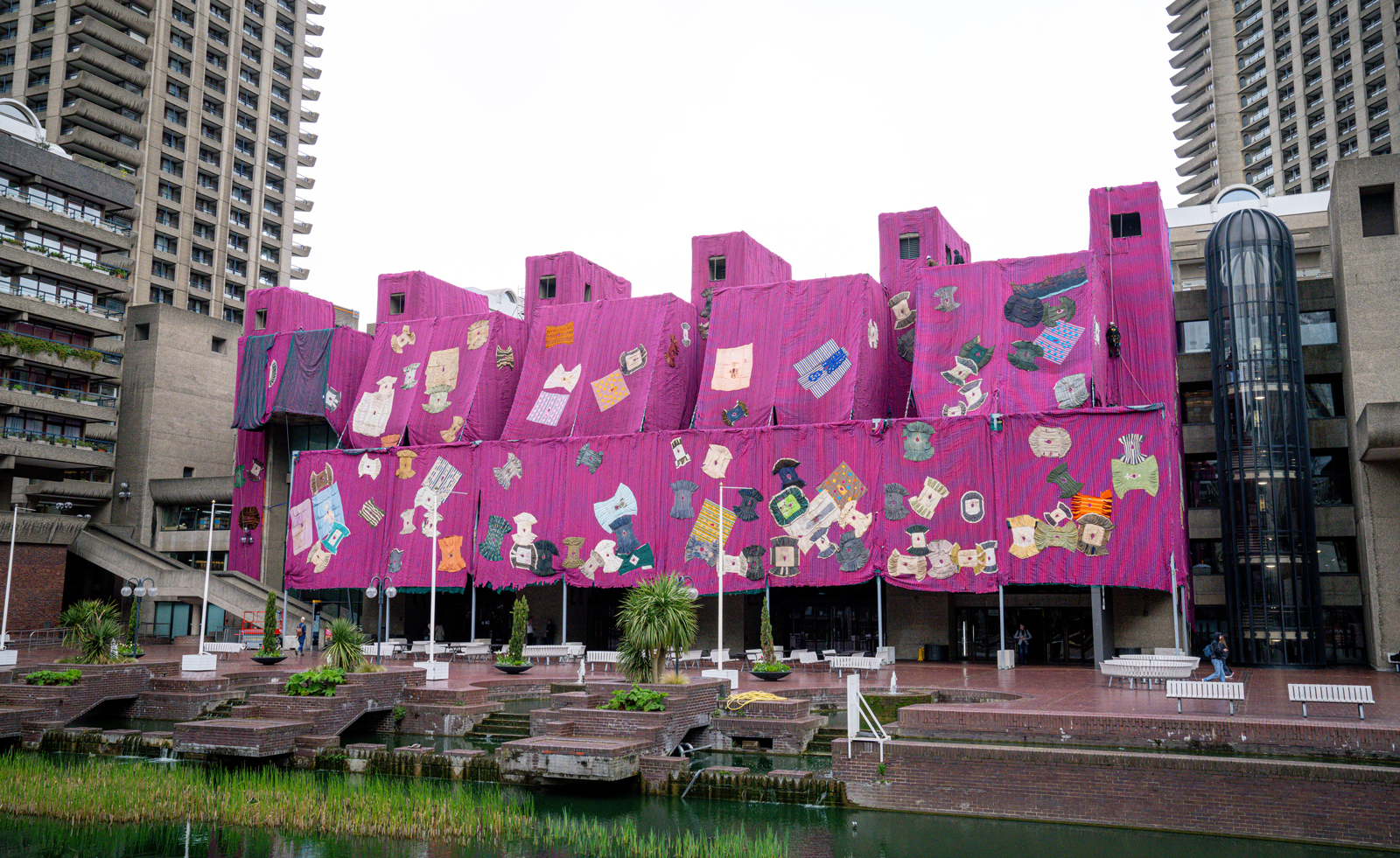
It’s hard to miss Ibrahim Mahama’s monumental work on the day I see it - on an unusually and alarmingly windy day, it is flapping and rippling across the Barbican’s Lakeside Terrace as it is installed - but then that is the point.
For Mahama, the opportunity for bystanders to engage with his art is key in a practice so far defined by a spirit of democracy. In his home country of Ghana, his contemporary art centre provides the social infrastructure for arts education; in his exhibitions internationally, he cultivates a collaborative focus.
Now, Mahama has unveiled possibly his greatest collaborative work - and certainly his largest scale public commission - in the UK yet. Purple Hibiscus, named after Chimamanda Ngozi Adichie’s 2003 novel, encompasses around 2000 square metres of billowing panels of pink and purple fabric, woven and sewn in collaboration with hundreds of craftspeople from Tamale in Ghana. On the panels, around 100 batakaris have been embroidered - robes traditionally worn by both ordinary people as well as northern Ghanaian royals - which Mahama has been collecting over the years, without at first knowing for what purpose.
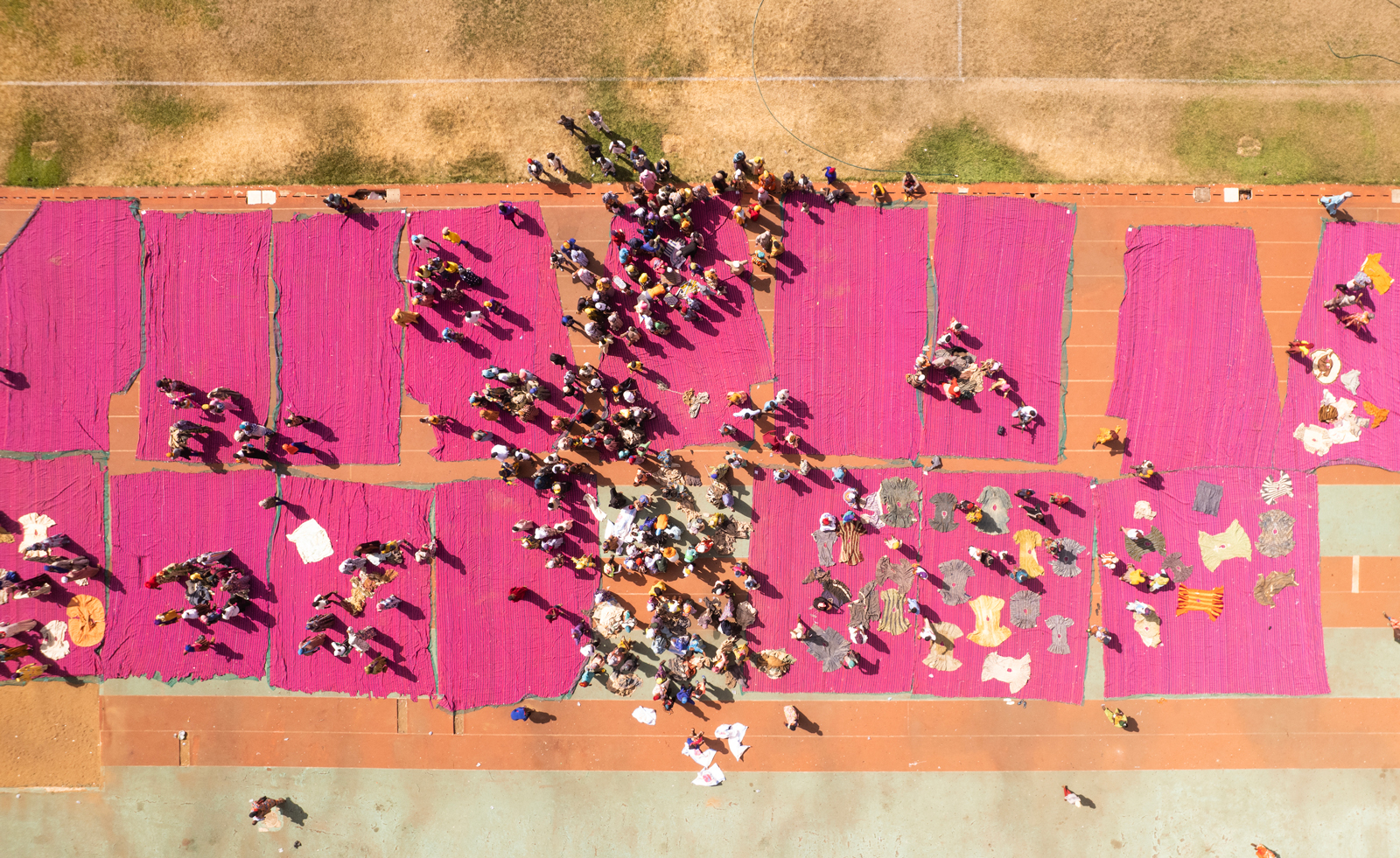
The creation process on football fields
The project is a natural extension of his fascination with materials, building on previous work which saw him reflect on global exchange, communism and colonialism through jute bags. He became interested in their physical journey - originally created in India and Bangladesh, they became useful for the transmission of cocoa and became a commodity themselves, becoming stained and ripped and stitched back together. The transformation began a new life cycle triggered by human intervention.
‘I was looking at it thinking it almost became like an extension of the human body,’ says Mahama. ‘And I started thinking that many other things could also be extensions of the body. So that's when I started collecting these [batakaris]. It's very commonplace material, people buy it, or inherit it. There's elements of time traditions trapped within the material. I was very much interested in this sense of history within them. But people will not just give you these fabrics, because they feel very strongly attached to it. So normally, what they will do is have to either put pee, or some kind of human excrement, on to them, I believe as a way of detaching the soul, of the body away from the material. If you took the material, because they feel like their souls are connected to it, you could go and harm them spiritually, or come at them from a place of superstition.’
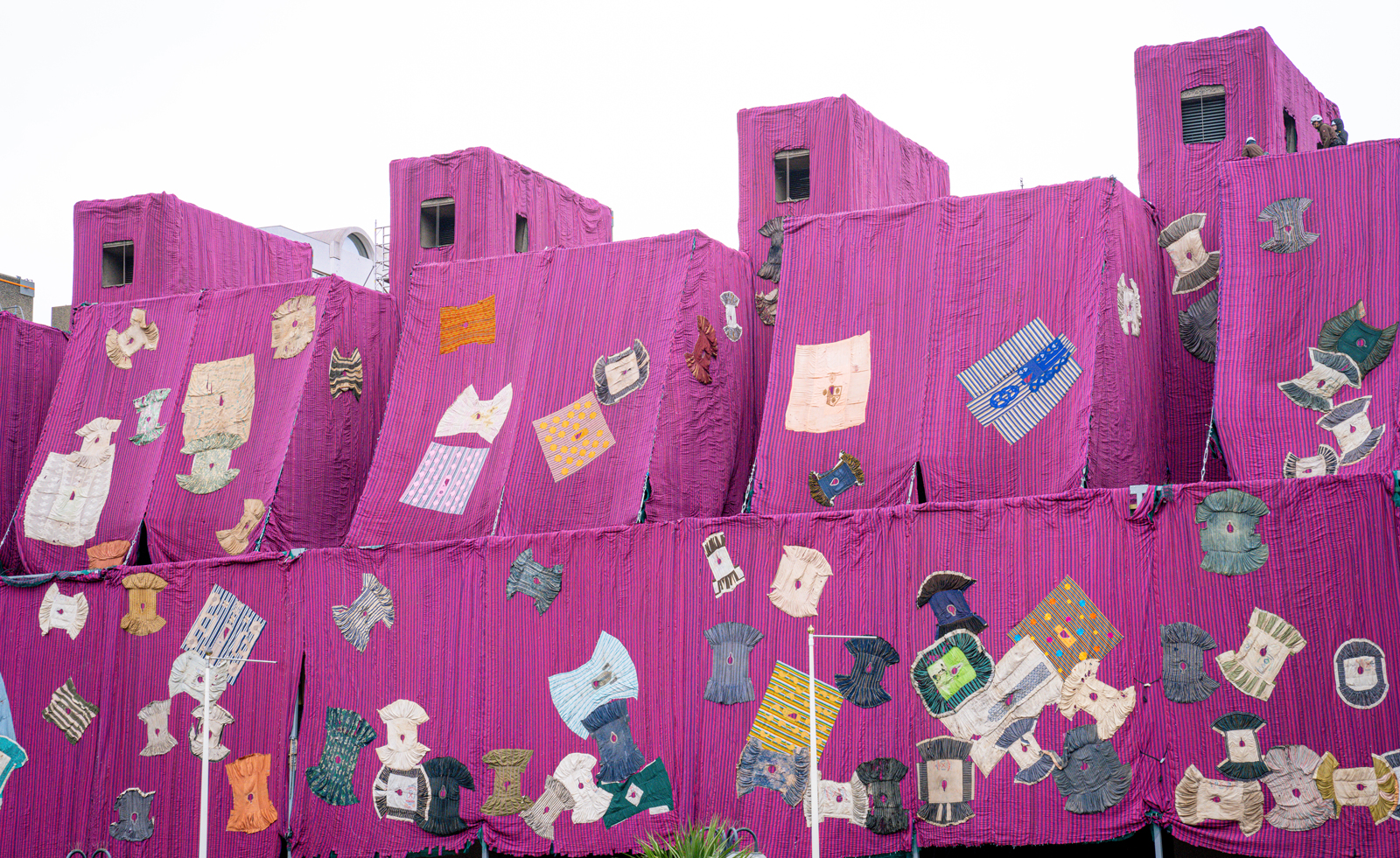
By placing the material in a new context, Mahama is interweaving the stories and the memories with a new life, also stepping away from the personal through the process, which saw him work with around 1,000 people in sewing everything by hand.
In a vibrant pink hue, it’s hard to miss amongst the brutalist grey lines of the Barbican. ‘That started as a joke,’ Mahama adds. ‘When I was asked about this commission, I said, Wouldn't it be interesting because I always say the UK has shitty grey weather. Wouldn’t it be good to do something that is contradictory to the weather? Like pink! And then I was like, okay, why not? And that's where it came from. And I never went back.’
Wallpaper* Newsletter
Receive our daily digest of inspiration, escapism and design stories from around the world direct to your inbox.
By displaying the work outside, Mahama is encouraging the next stage of life for the textiles, uniting the deep-rooted traditions of the past with the unpredictability of the future. 'It will change and weather over time. But that's the whole point of the work, the work is supposed to change. If you leave a fabric out in the rain for a year, it will not be the same when you pick it up. There might be rips and tears within aspects of the work. But then we repair and fix as we go along. And that is one of the most important things politically about work that is meant for the public.’
Ibrahim Mahama: Purple Hibiscus is at the Barbican Lakeside Terrace from 10 April – 18 August 2024
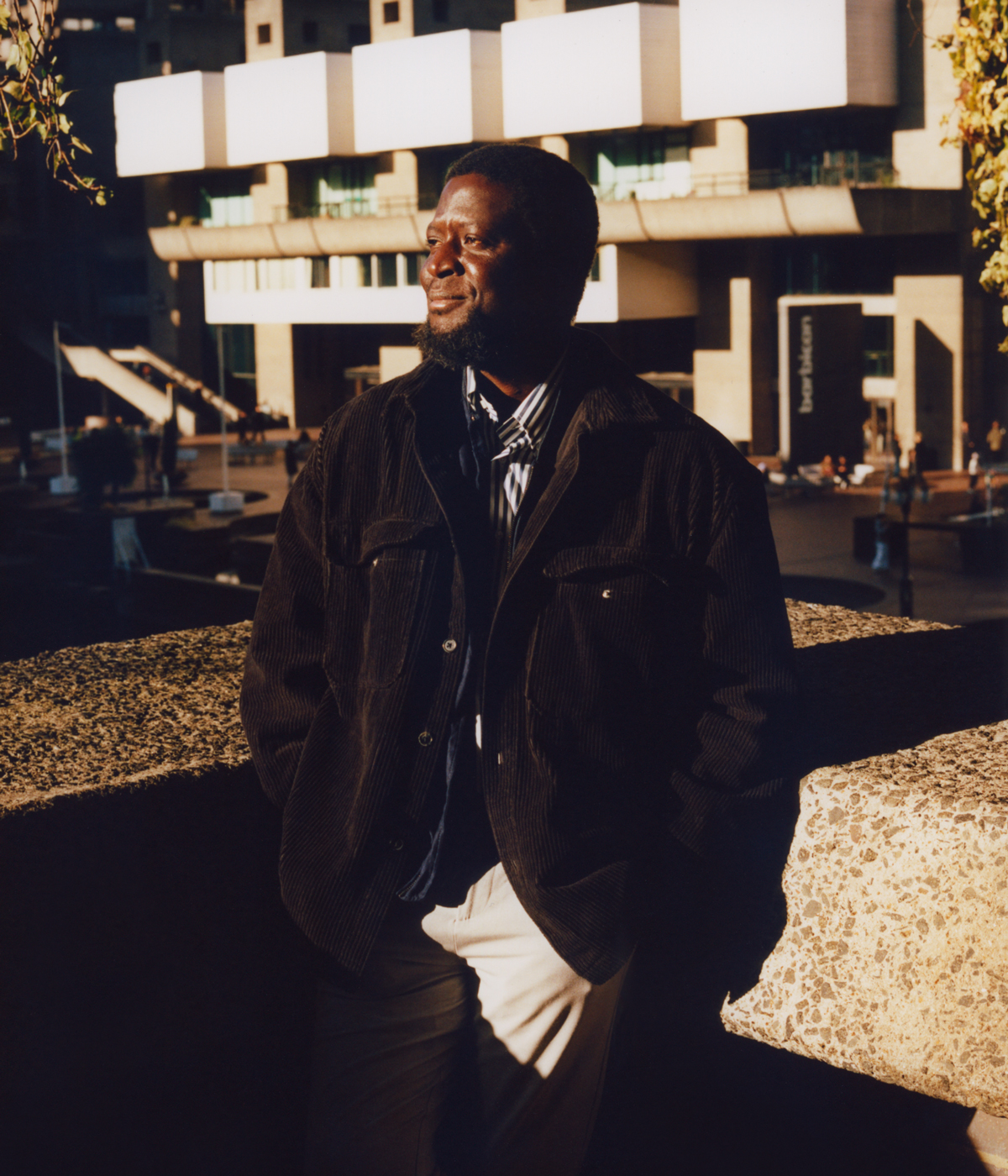
Ibrahim Mahama
Hannah Silver is the Art, Culture, Watches & Jewellery Editor of Wallpaper*. Since joining in 2019, she has overseen offbeat design trends and in-depth profiles, and written extensively across the worlds of culture and luxury. She enjoys meeting artists and designers, viewing exhibitions and conducting interviews on her frequent travels.
-
 Put these emerging artists on your radar
Put these emerging artists on your radarThis crop of six new talents is poised to shake up the art world. Get to know them now
By Tianna Williams
-
 Dining at Pyrá feels like a Mediterranean kiss on both cheeks
Dining at Pyrá feels like a Mediterranean kiss on both cheeksDesigned by House of Dré, this Lonsdale Road addition dishes up an enticing fusion of Greek and Spanish cooking
By Sofia de la Cruz
-
 Creased, crumpled: S/S 2025 menswear is about clothes that have ‘lived a life’
Creased, crumpled: S/S 2025 menswear is about clothes that have ‘lived a life’The S/S 2025 menswear collections see designers embrace the creased and the crumpled, conjuring a mood of laidback languor that ran through the season – captured here by photographer Steve Harnacke and stylist Nicola Neri for Wallpaper*
By Jack Moss
-
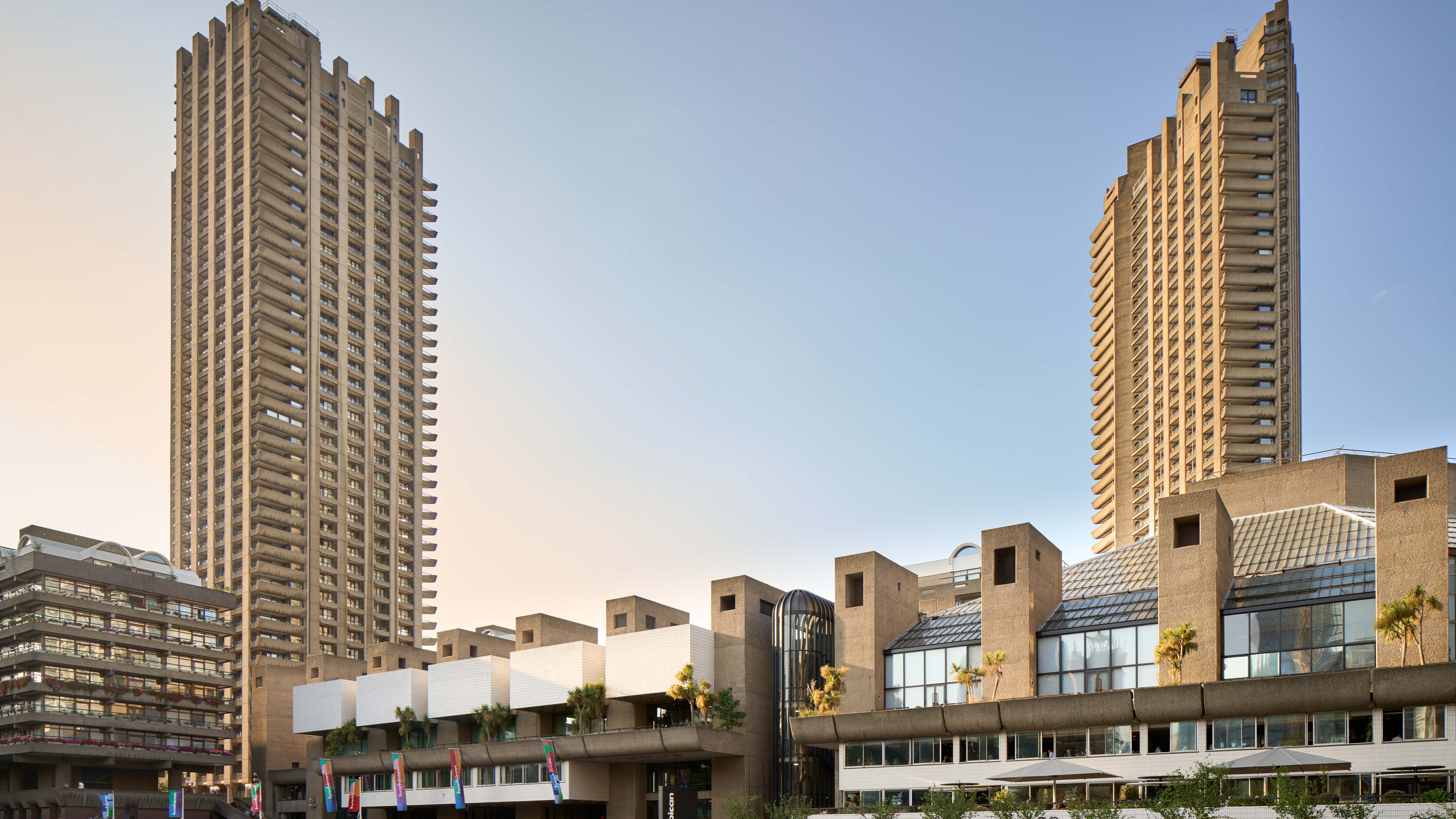 The Barbican as muse: composer Shiva Feshareki on bringing the brutalist icon to life through music
The Barbican as muse: composer Shiva Feshareki on bringing the brutalist icon to life through musicFor the last two years, British-Iranian experimental composer and turntablist Shiva Feshareki has been drawing on the Barbican’s hidden history as a gateway for her new piece. She talks to Wallpaper* about her Brutalist muse
By El Hunt
-
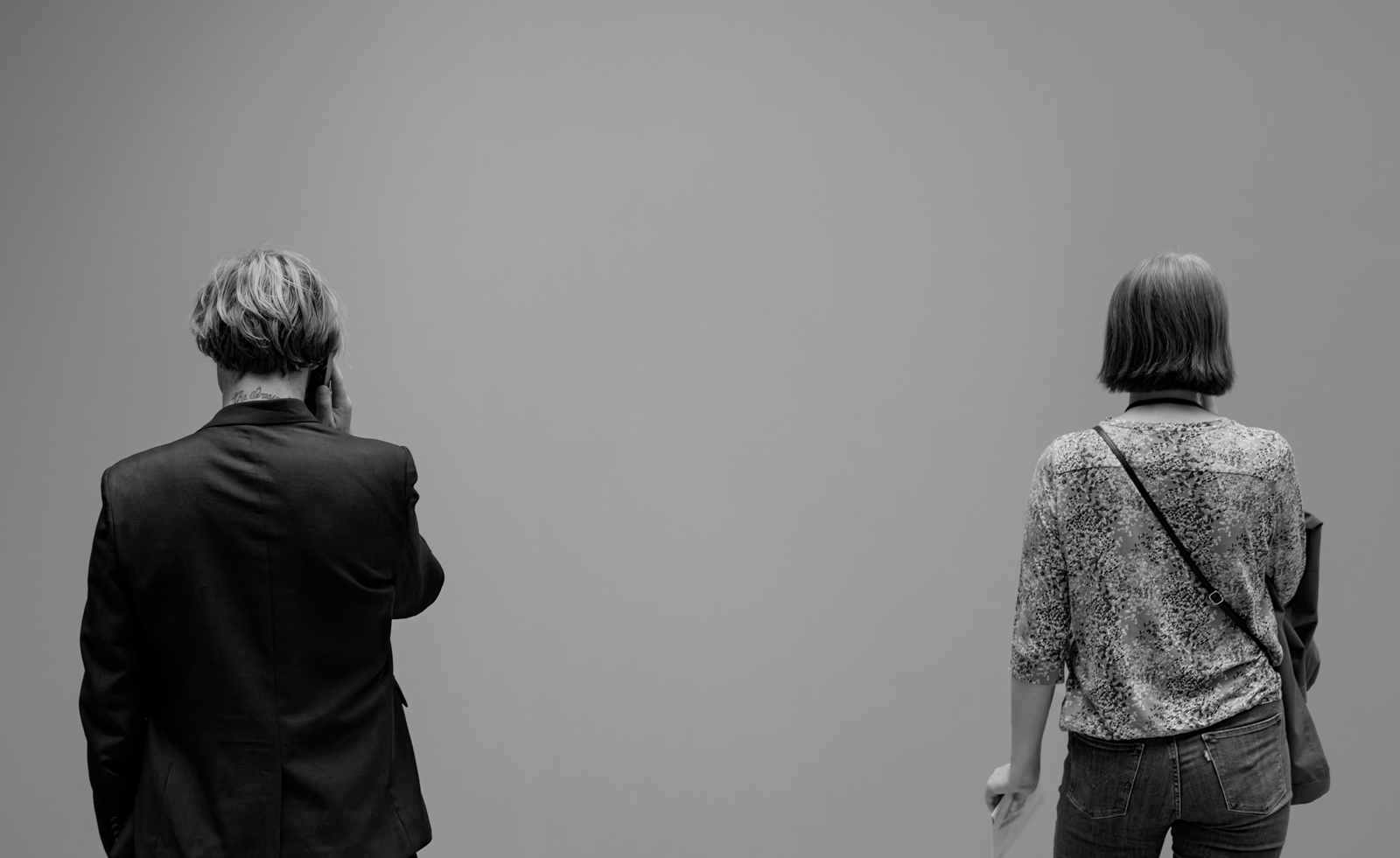 Looking at people looking at art: inside the mind of a gallery attendant
Looking at people looking at art: inside the mind of a gallery attendantVisitor experience workers at London’s Tate Modern, Serpentine, Barbican and V&A share what it’s like to watch people looking at art during a time of changing attention spans and rising vandalism
By Kyle MacNeill
-
 Politics, protest and potential: the Barbican explores the power of textiles in art
Politics, protest and potential: the Barbican explores the power of textiles in artUnravel: The Power and Politics of Textiles in Art’ at the Barbican Centre in London explores how far the medium has evolved in the last sixty years
By Emily Steer
-
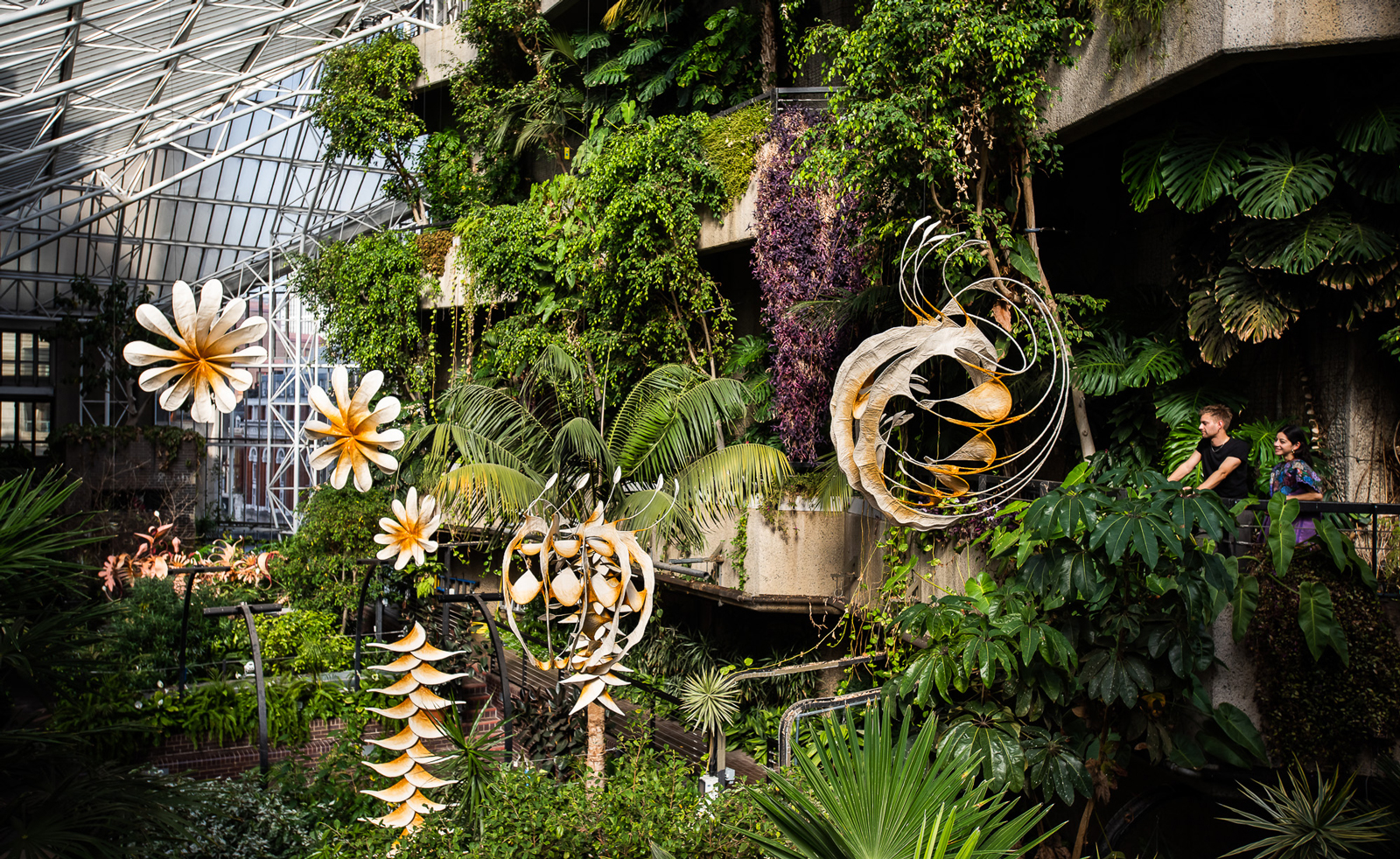 Ranjani Shettar’s site-specific sculptures unveiled in Barbican Conservatory
Ranjani Shettar’s site-specific sculptures unveiled in Barbican ConservatoryRanjani Shettar’s ‘Cloud songs on the horizon’ suspends sculptures amid the Barbican Conservatory’s plant life
By Francesca Perry
-
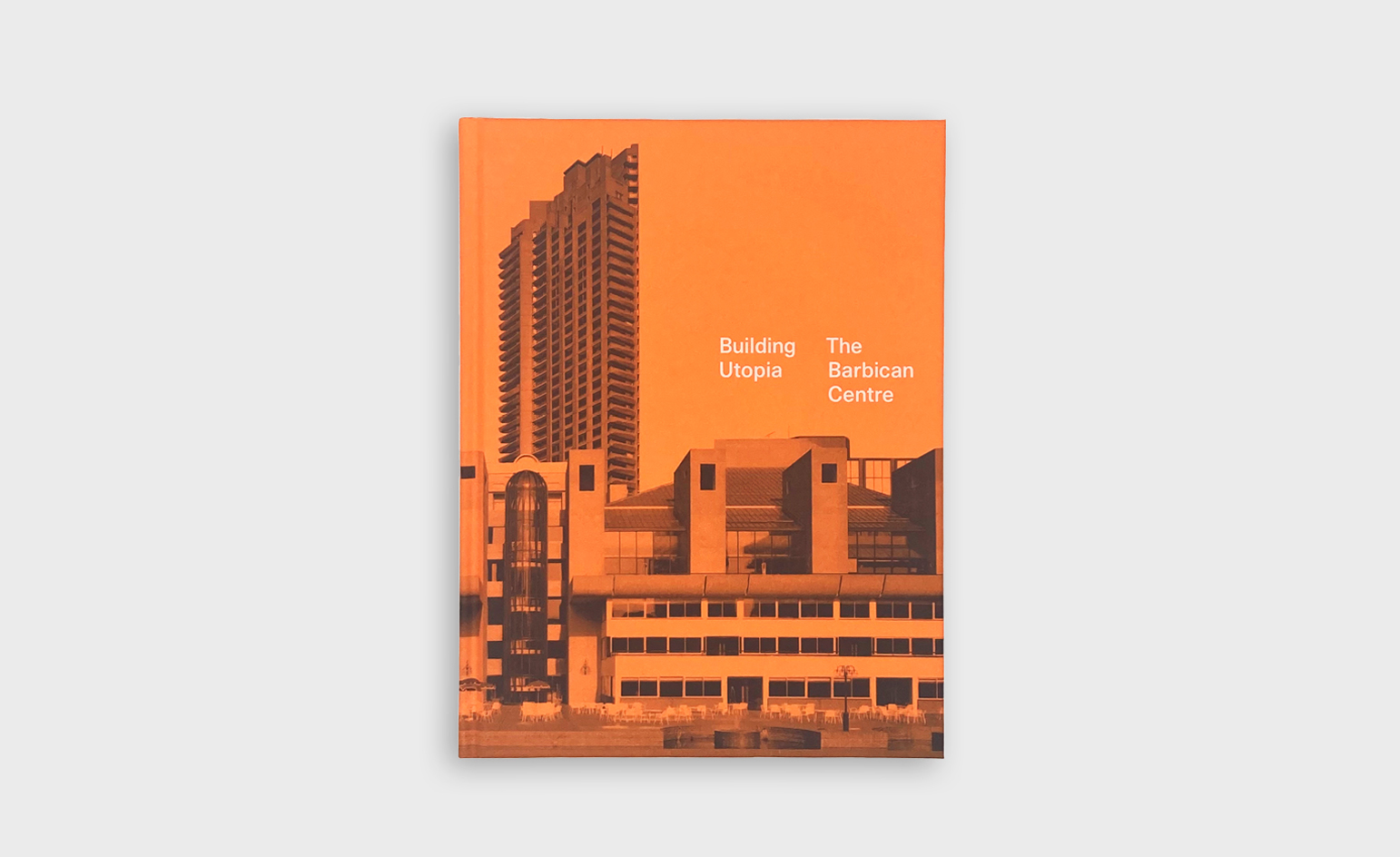 Forty years of the Barbican Centre: an art utopia made concrete
Forty years of the Barbican Centre: an art utopia made concreteBuilding Utopia: The Barbican Centre, published to coincide with the institution’s 40th anniversary, explores the birth of the Barbican, its storied history and its unparalleled impact on contemporary arts and culture
By Harriet Lloyd-Smith
-
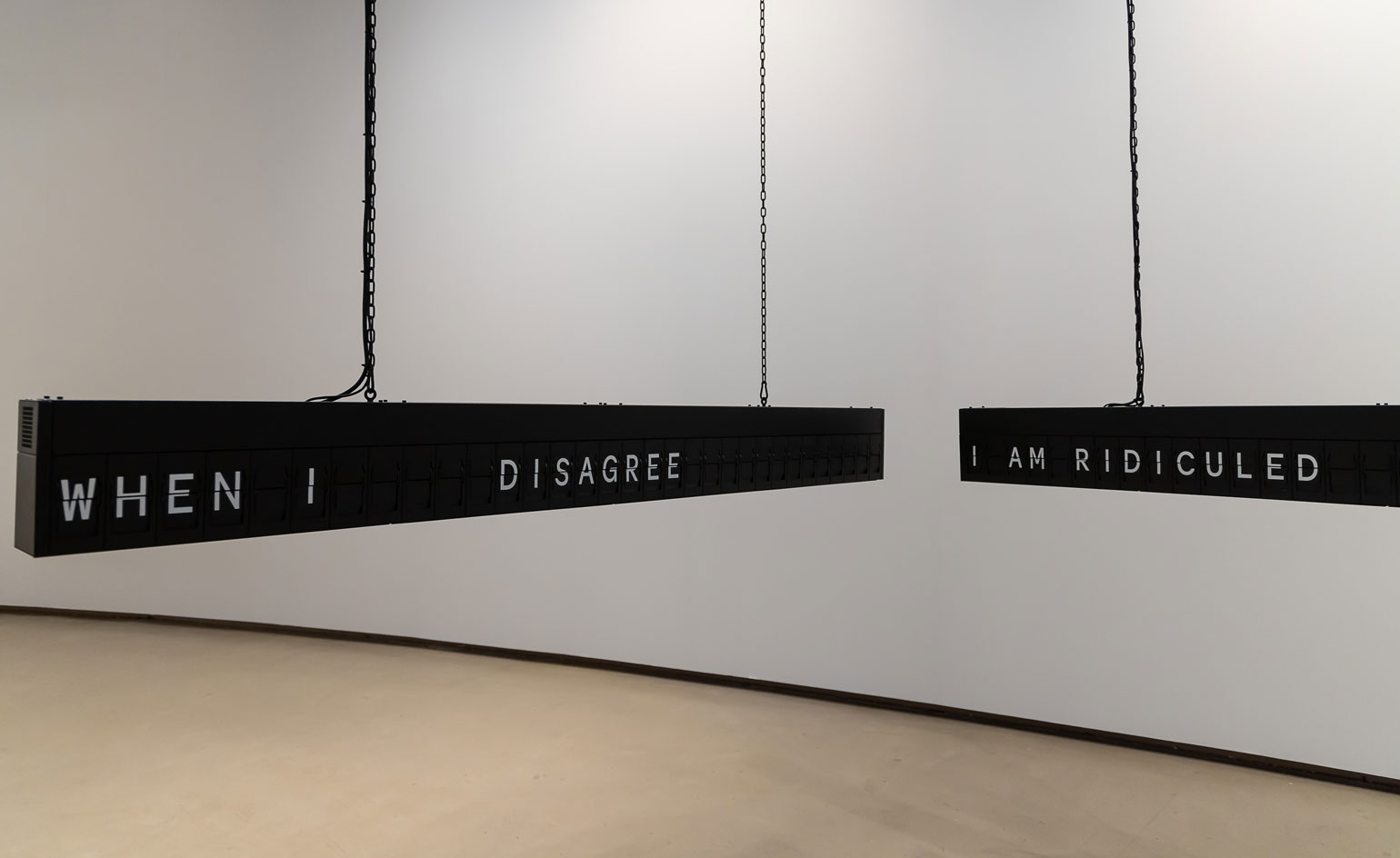 Shilpa Gupta at the Barbican: social injustice, censorship and poetry
Shilpa Gupta at the Barbican: social injustice, censorship and poetryIn the multipart show ‘Sun at Night’ at London’s Barbican, Mumbai-based artist Shilpa Gupta highlights the fragility of free expression and gives a voice to those silenced
By Cleo Roberts-Komireddi
-
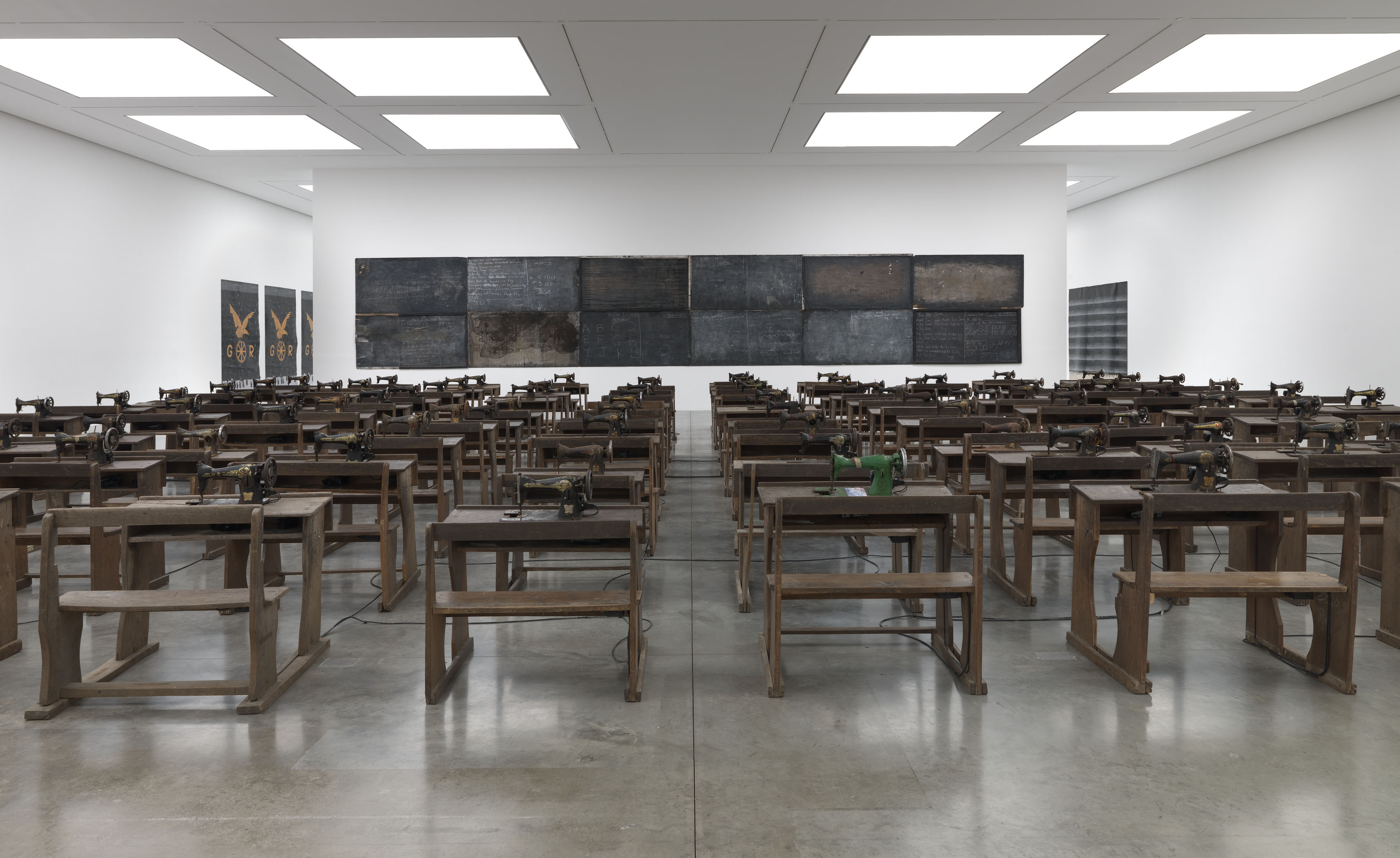 Ibrahim Mahama explores bats, Ghana, and new beginnings at White Cube
Ibrahim Mahama explores bats, Ghana, and new beginnings at White CubeIbrahim Mahama’s ‘Lazarus’, a new exhibition at White Cube (until 7 November 2021), sees the Ghanaian artist explore the hidden life of Nkrumah Volini, a brutalist grain silo from Ghana’s immediate postcolonial era
By Tom Seymour
-
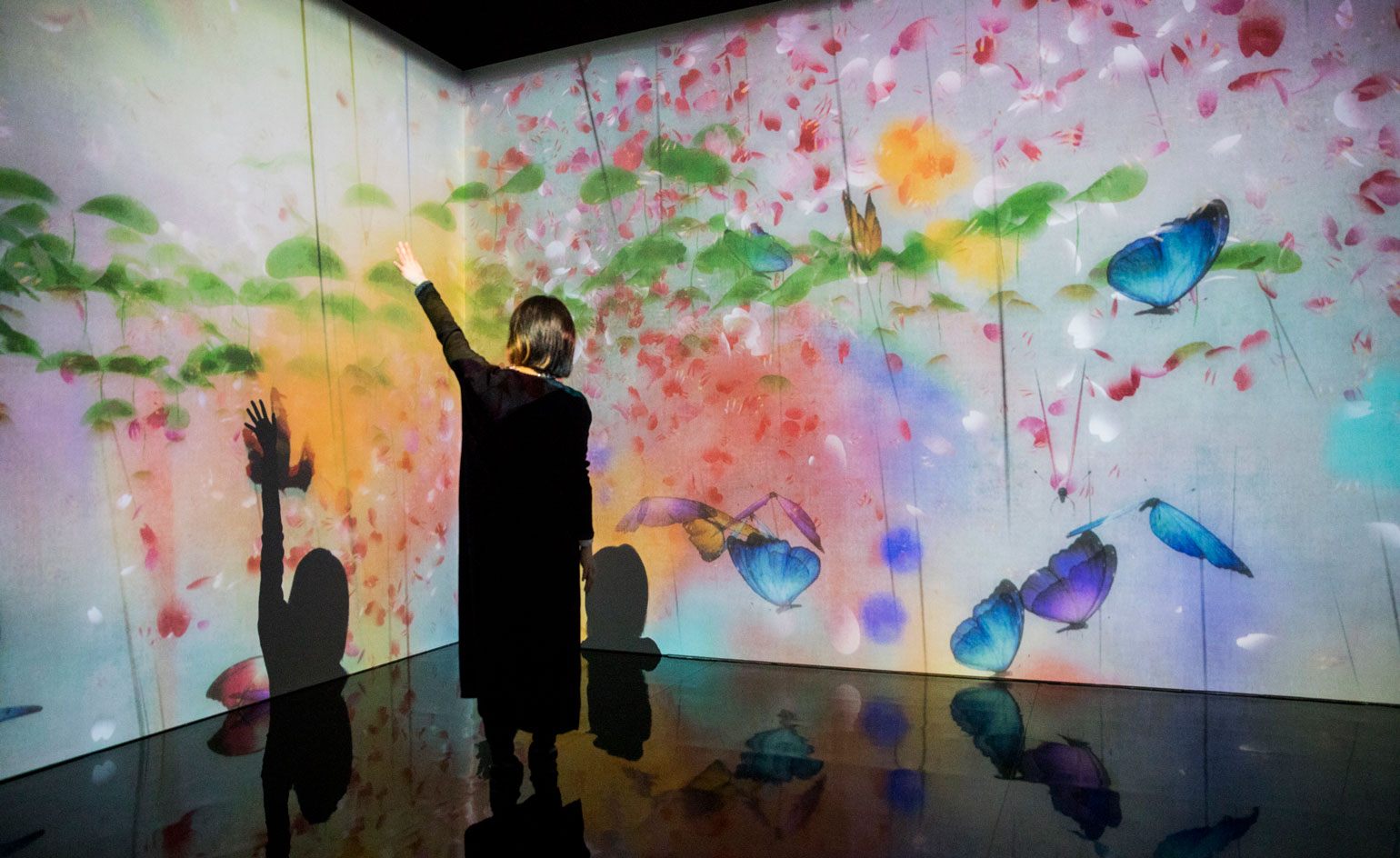 The nuances of AI dissected at London's Barbican Centre
The nuances of AI dissected at London's Barbican CentreBy Nick Compton